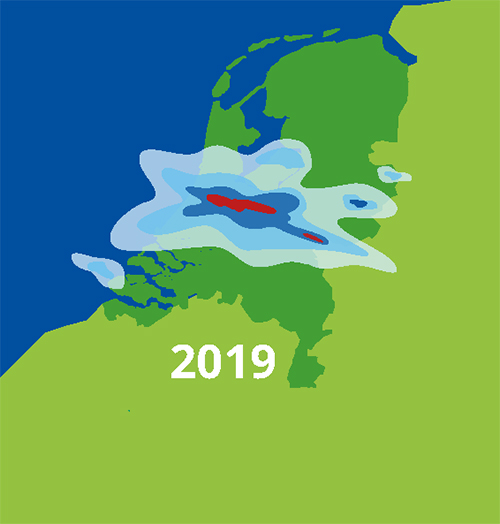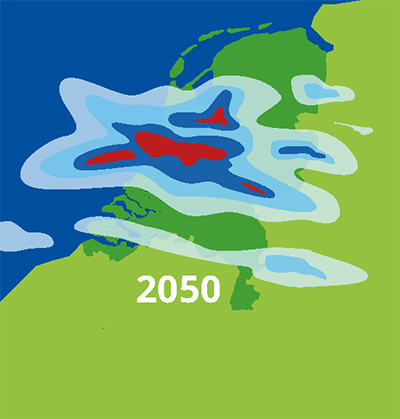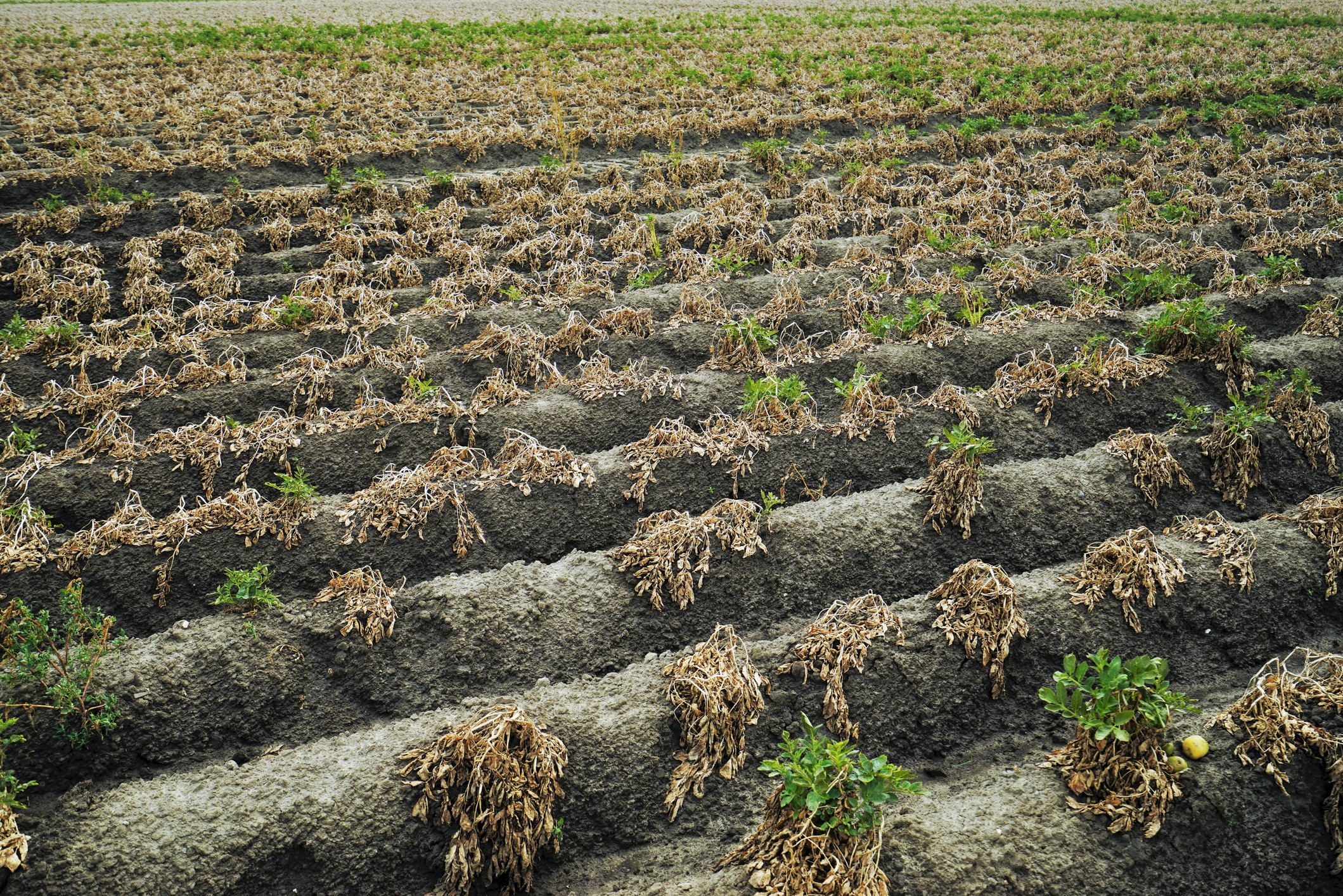Why is drain cleaning so important right now?
The influence of soil characteristics, weather conditions and fertilisation in relation to water management.
Soil structure
The extreme weather conditions of recent years have proved a challenge to the ground structure in many soil types.
Take the dry summer of 2018, for example. Compaction of the ground and soil have a negative impact on the quantity of oxygen and, by extension, the soil life. This delays the conversion of organic substances (animal manure, compost and green fertilisers) into minerals (NPK) that can be absorbed directly by crops. Compacted soil has a lower capacity to supply moisture, which is an important factor in rooting. If groundwater levels are low, the capillary effect is also reduced. This limits the ability of the pores in the soil to absorb moisture, which is key to rooting and growth processes.
Conclusion: an impaired soil life and lower capacity to supply moisture are a threat to the ground structure. This effect is exacerbated by low groundwater levels.


Weather conditions
The Royal Netherlands Meteorological Institute states that the increase in flooding is a result of the average temperature in the Netherlands rising. The average temperature over the first six months of 2018 was a whole degree warmer than normal, which increases the likelihood of cloudbursts occurring and, therefore, heavy showers. Records from the past 50 years show that weather situations have been becoming more and more extreme.
‘If the average temperature rises by 1 degree, rainfall in the event of heavy showers rises by ten percent, statistically speaking,’ explains a meteorologist working for The Royal Netherlands Meteorological Institute. ‘That extreme rainfall will become more frequent in the future fits the pattern of the earth getting warmer.’
Conclusion: extreme weather conditions, with heavy rainfall as well as extreme drought, are a threat to the ground structure.


Fertilisation
In 2019, the rules for applying manure were tightened with the ‘Integrated approach to nitrogen’ (Programmatische Aanpak Stikstof [PAS]). The aim of the approach is to curb emissions of ammonia from animal manure. On clay and peat soils, these new rules are often a restriction.
In addition, there are also rules on the use of manure on grassland. Slurry must now be injected into the ground and not spread onto the ground, thereby necessitating the use of in-row injectors instead of spreaders.
In addition, strict European requirements are also in place concerning the use of N, including derogation. These are lower limits designed to ensure proper development and, therefore, yields from crops, especially where crop development is to take place in a ground structure that has since been put under strain by the factors outlined above.
Conclusion: current manure legislation is a limiting factor when it comes to crop development and yields.
Summary:
- Agricultural businesses and contractors have a particular influence over water management.
- Drain cleaning is an activity that can be managed directly to help stimulate the development of crops.
Cleaning your drains is synonymous with water management!
A properly functioning drain system means that:
- The soil achieves a temperature more appropriate to processes such as sprouting
- The growing season and harvest period can be extended
- There is less risk of crop damage in the event of extreme rain
- Harvests are better (quality and quantity)
Sources:
Wageningen University & Research/WUR; The Royal Netherlands
